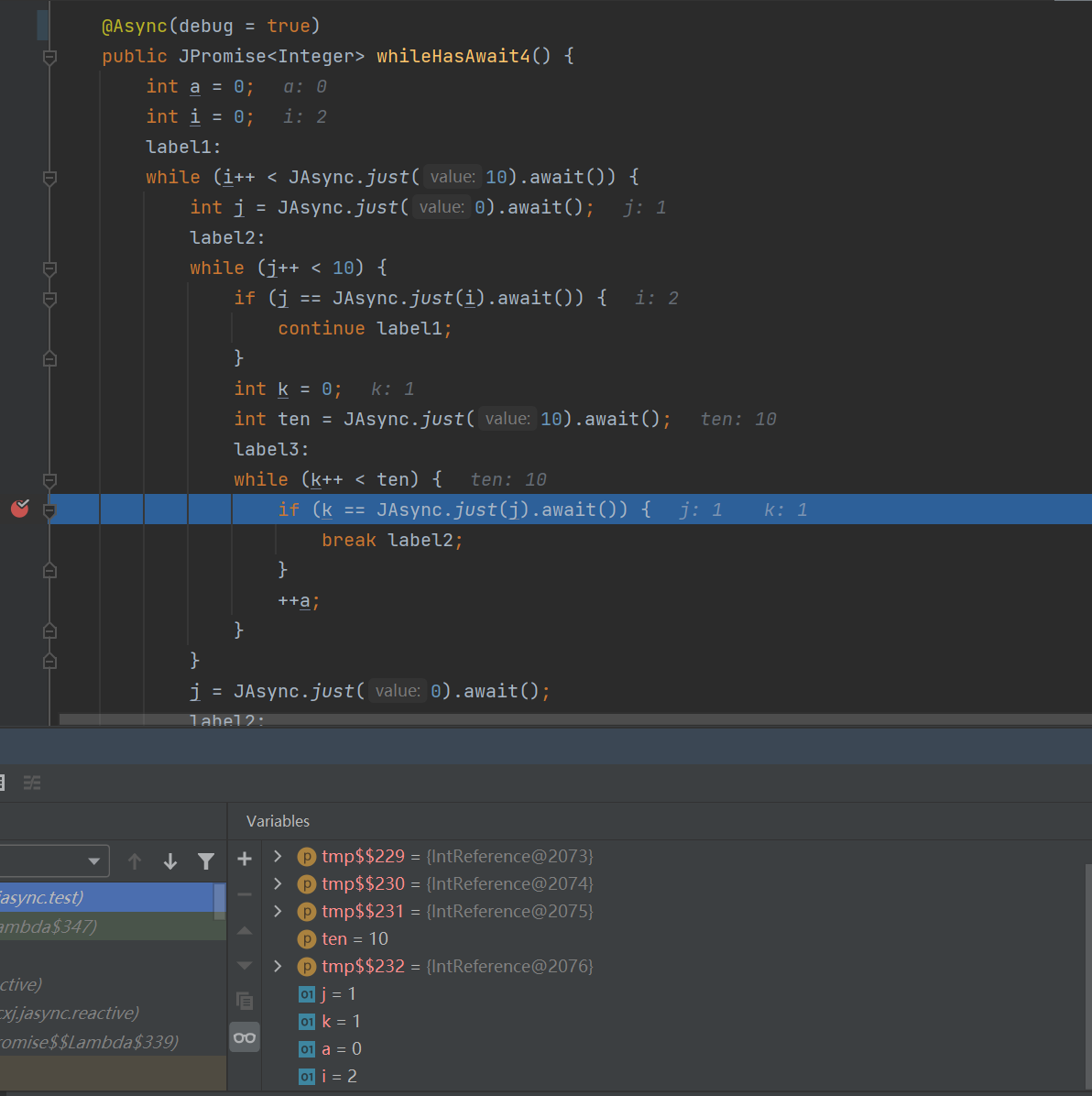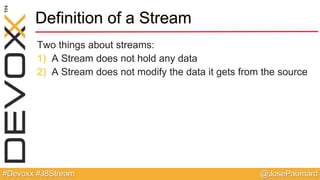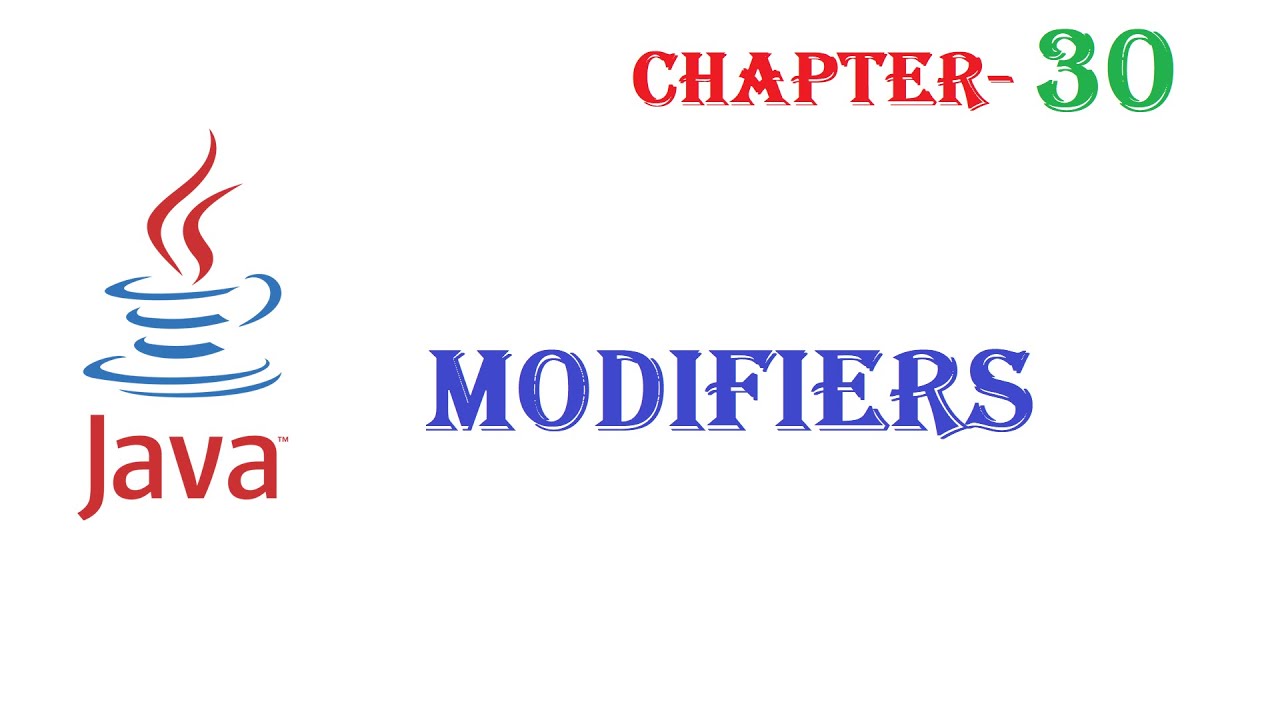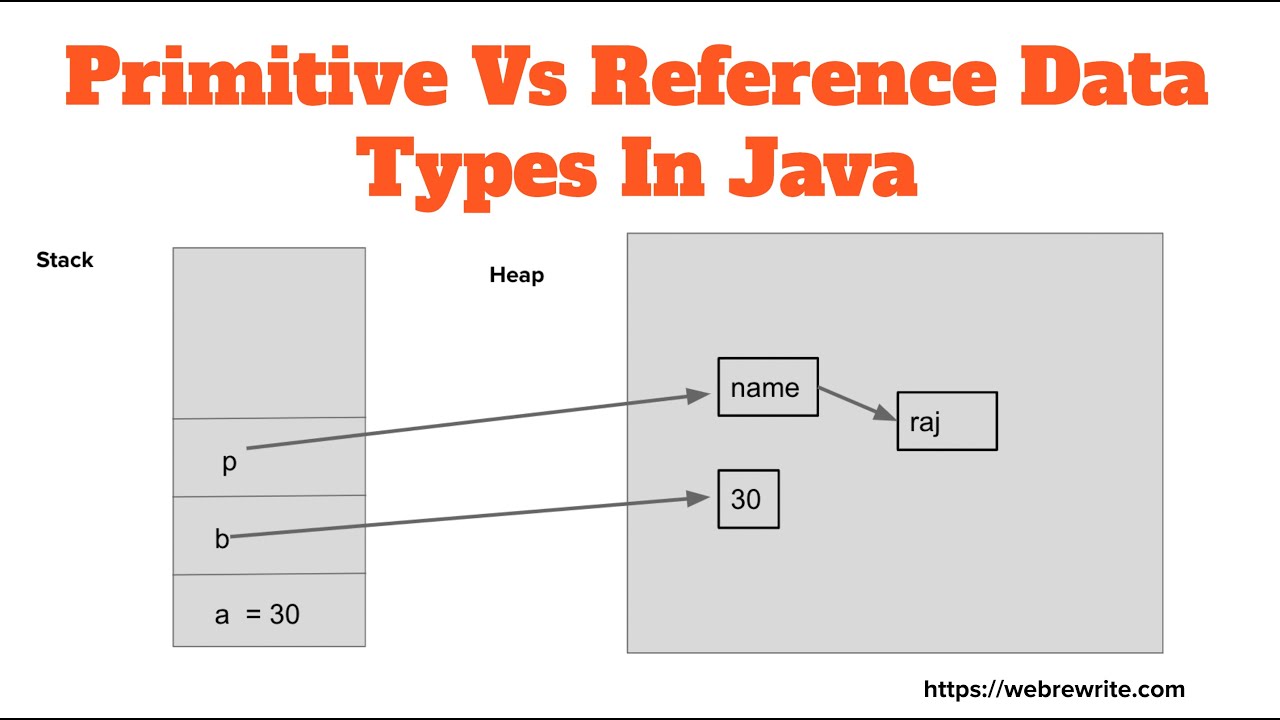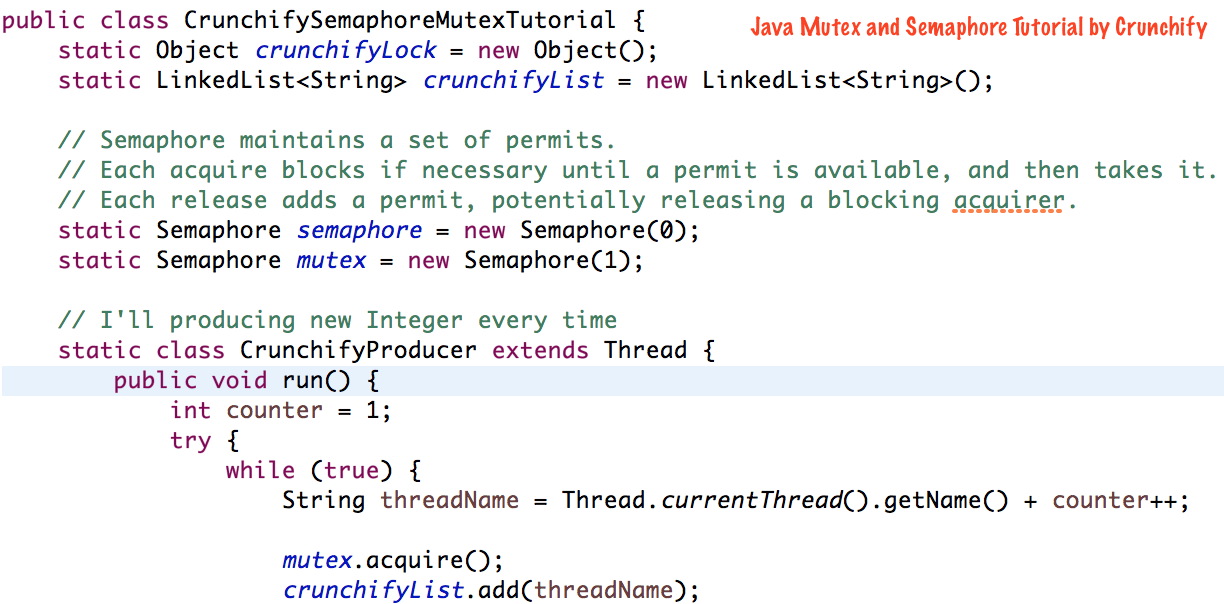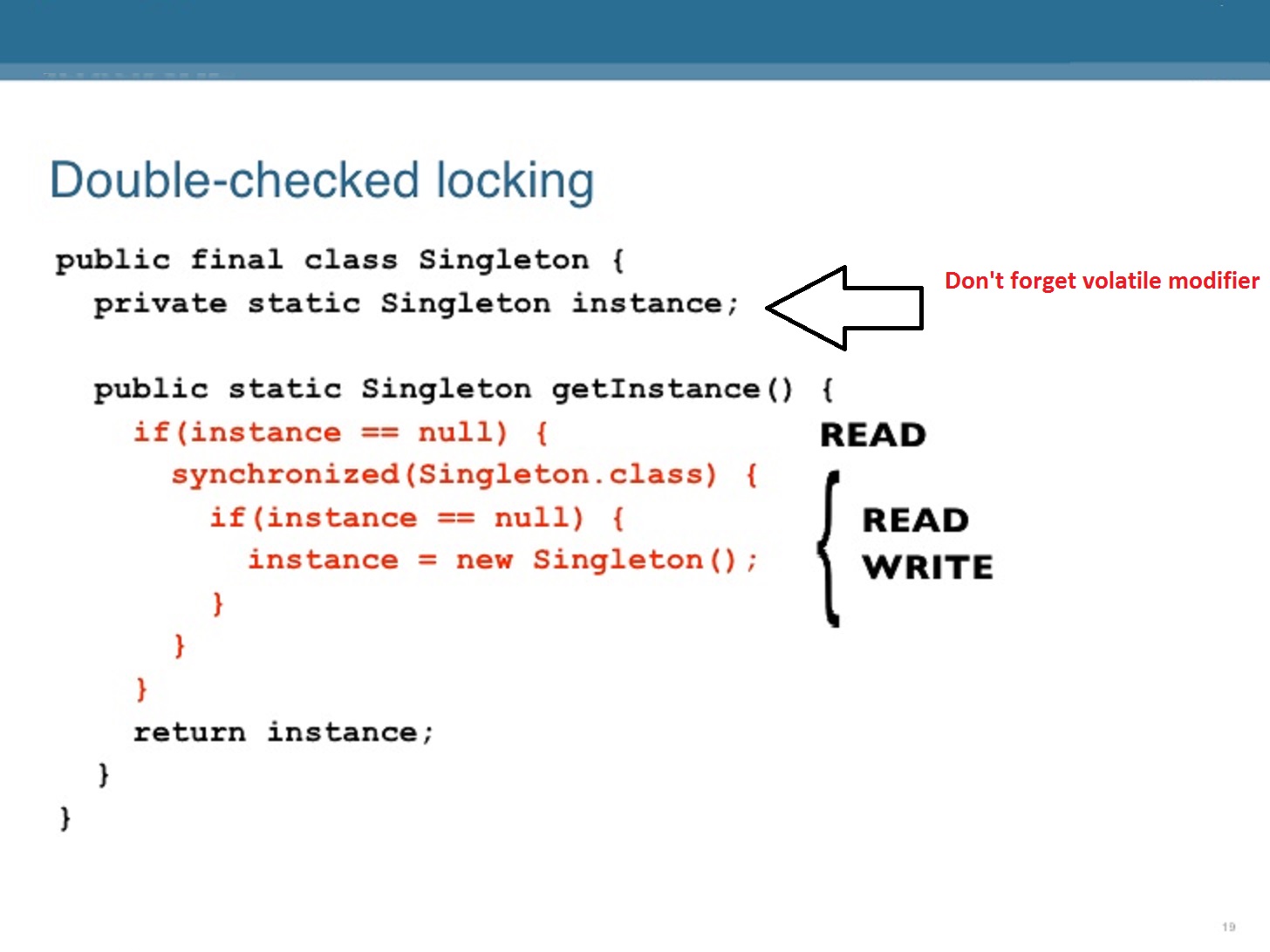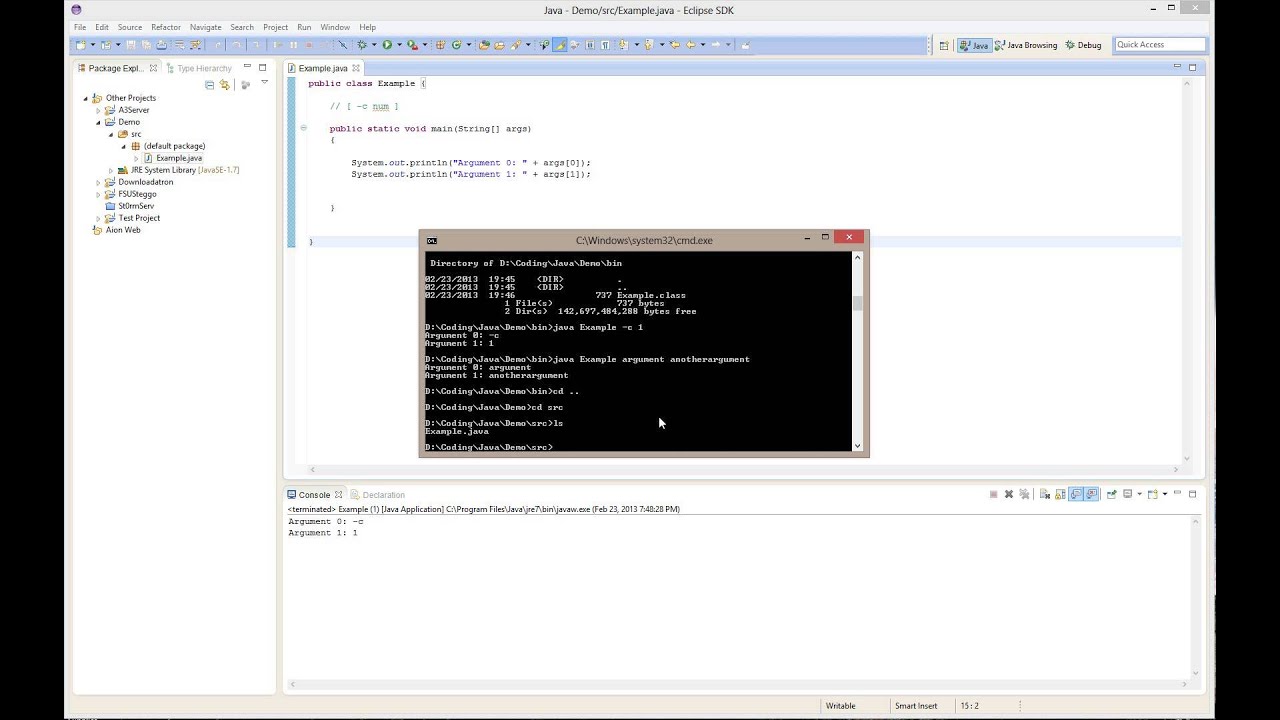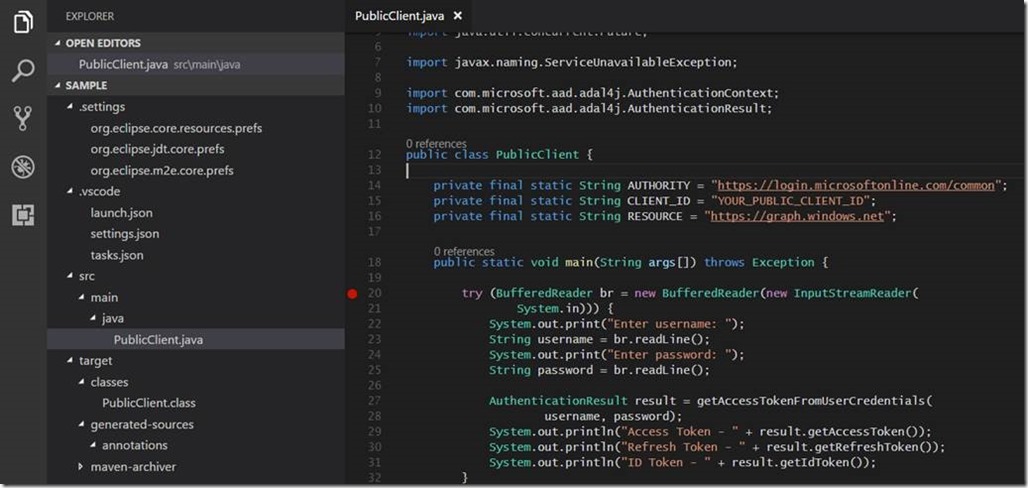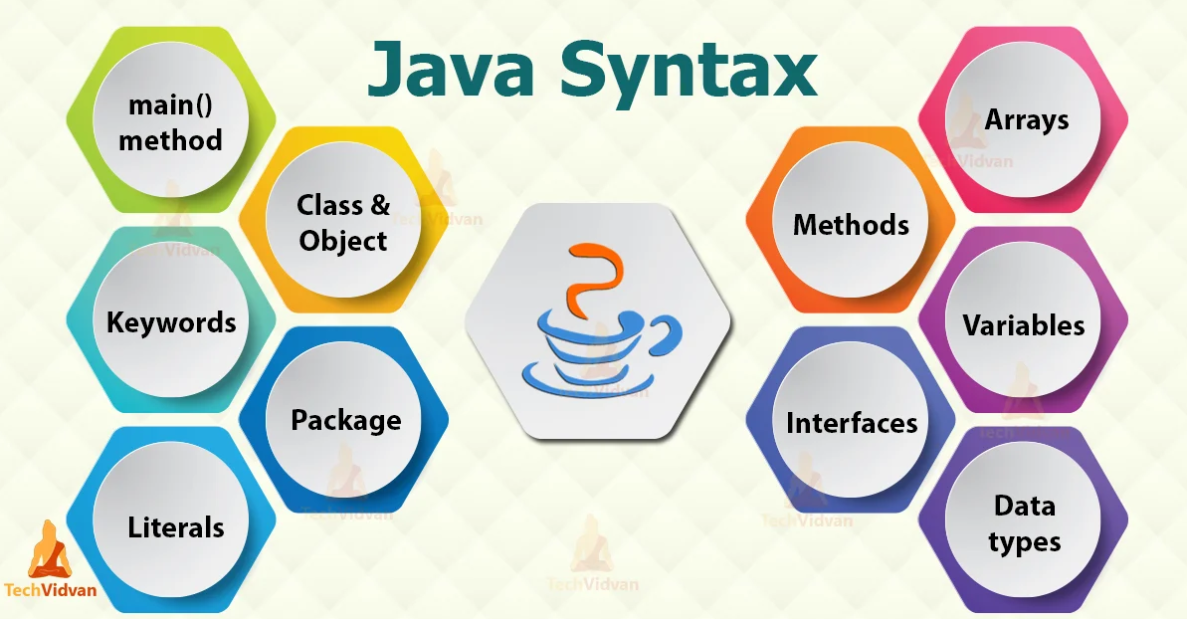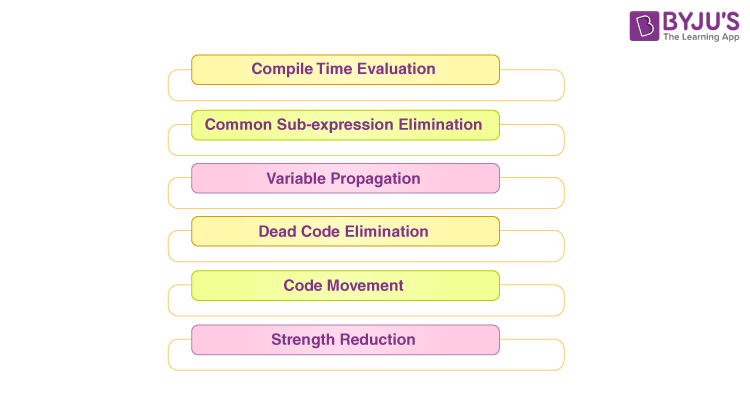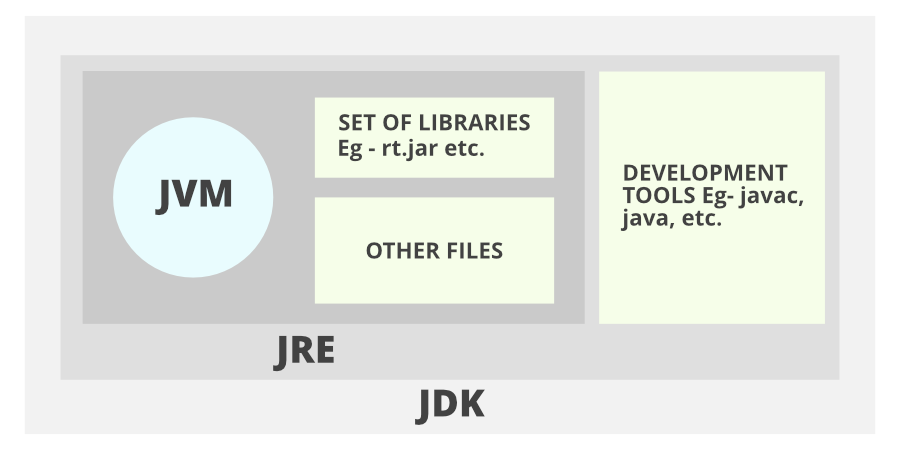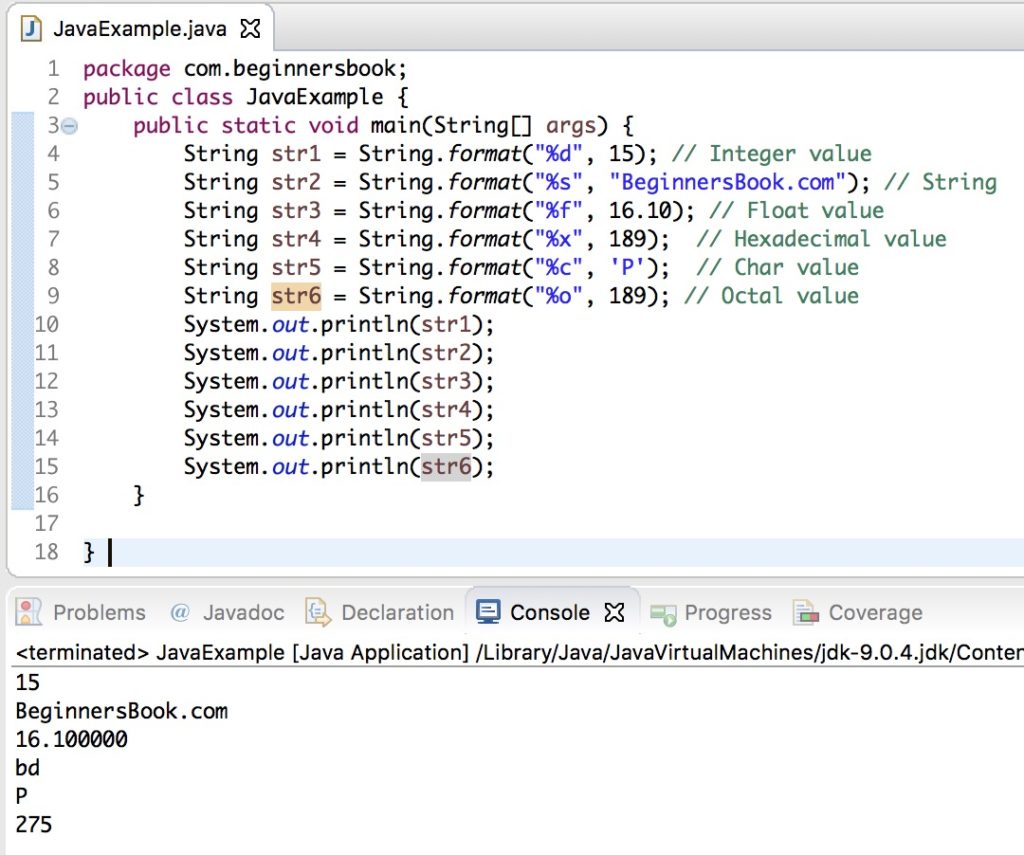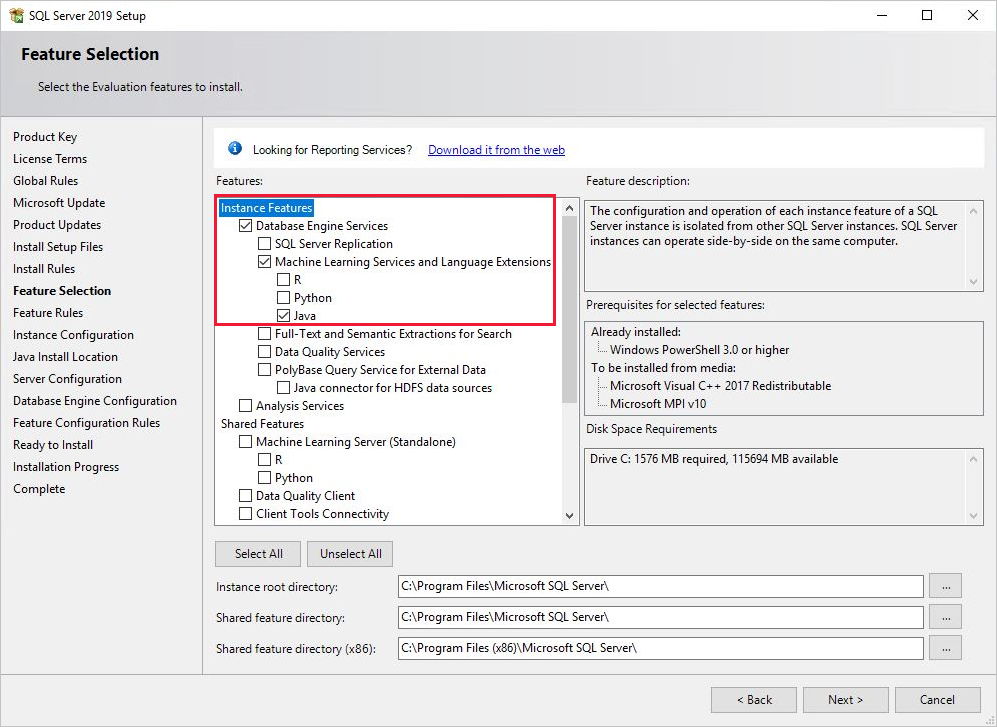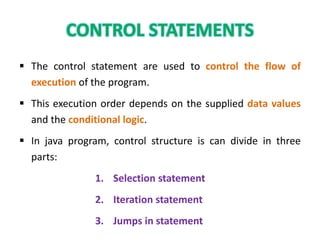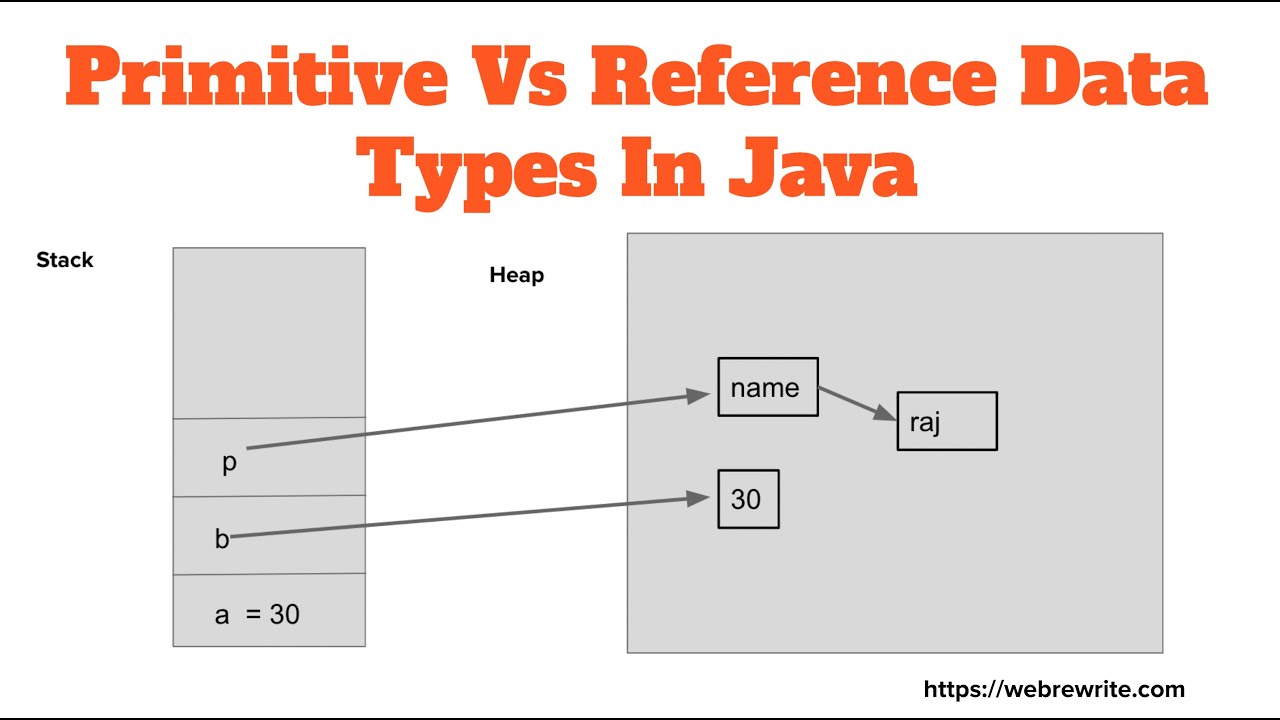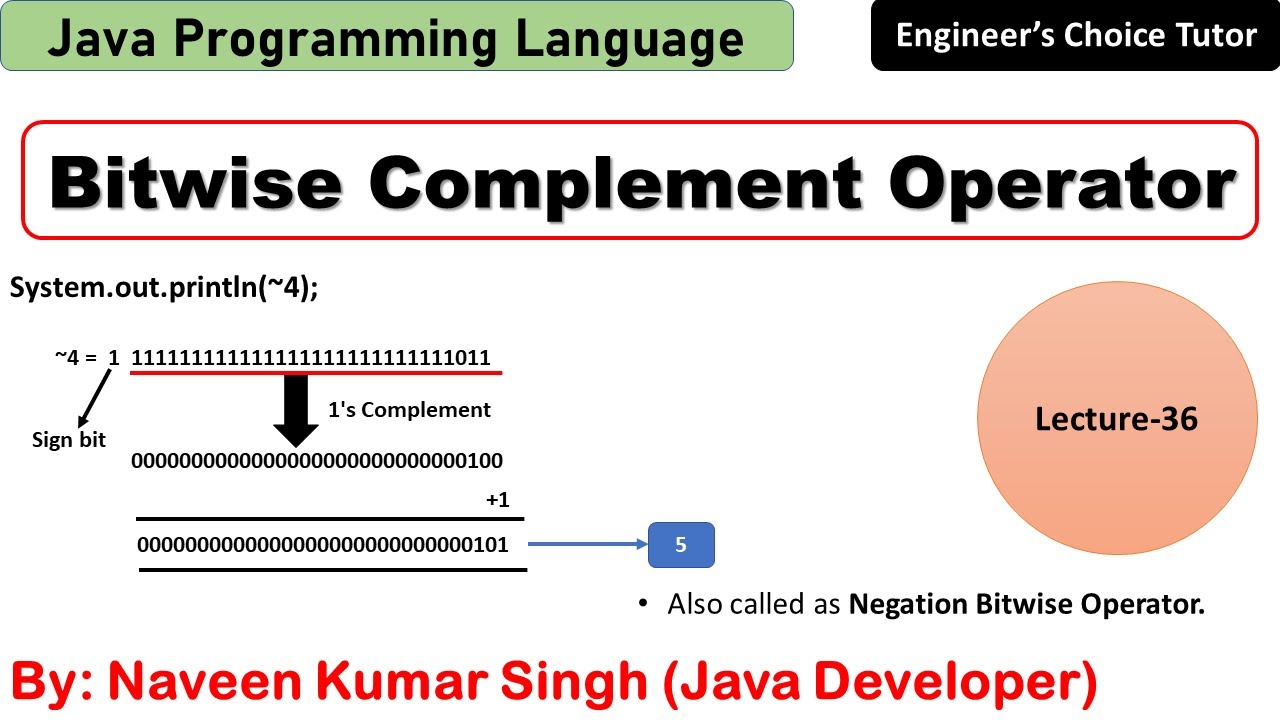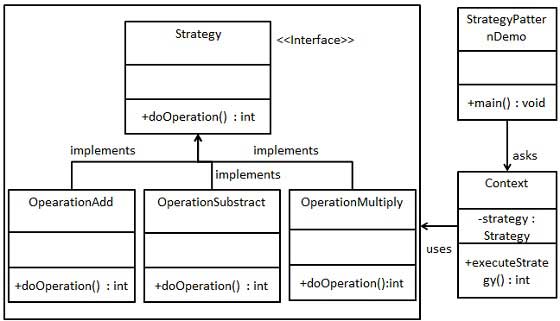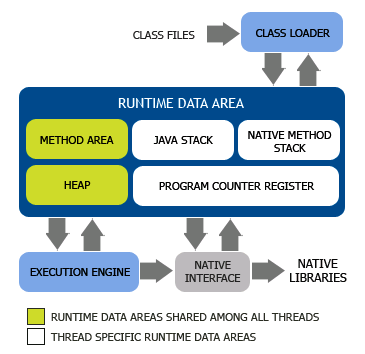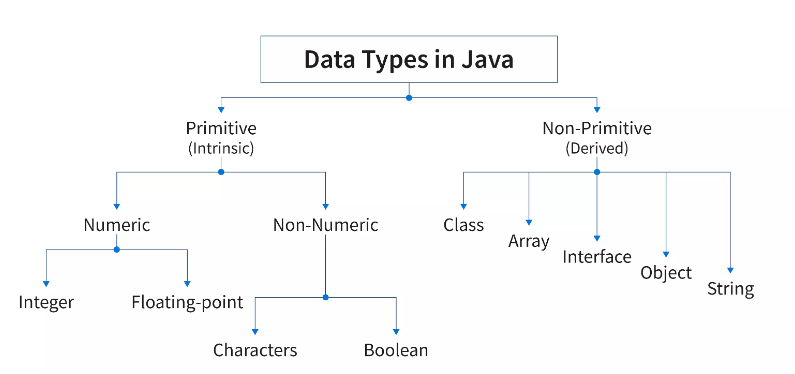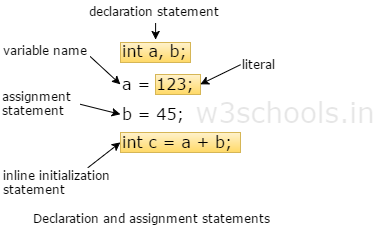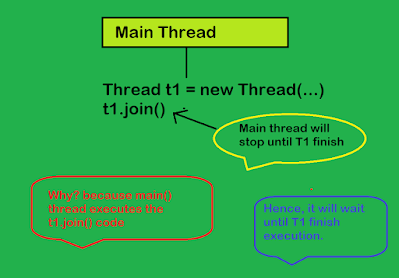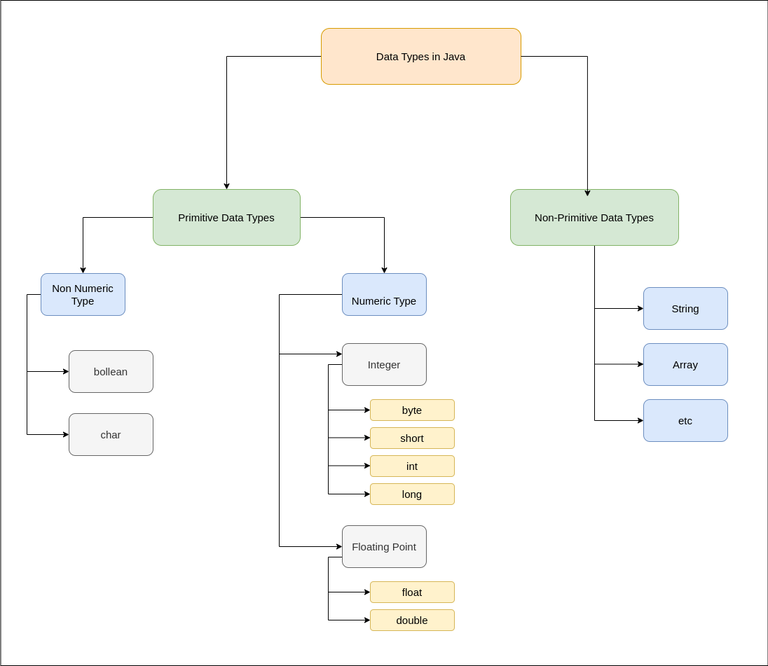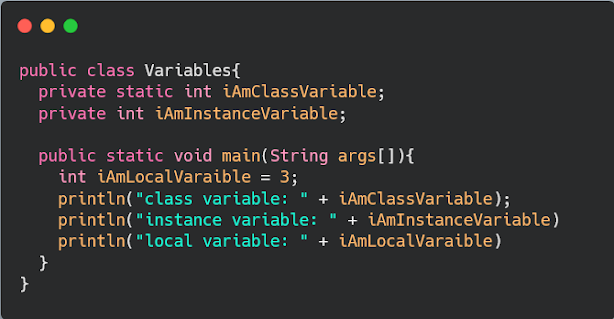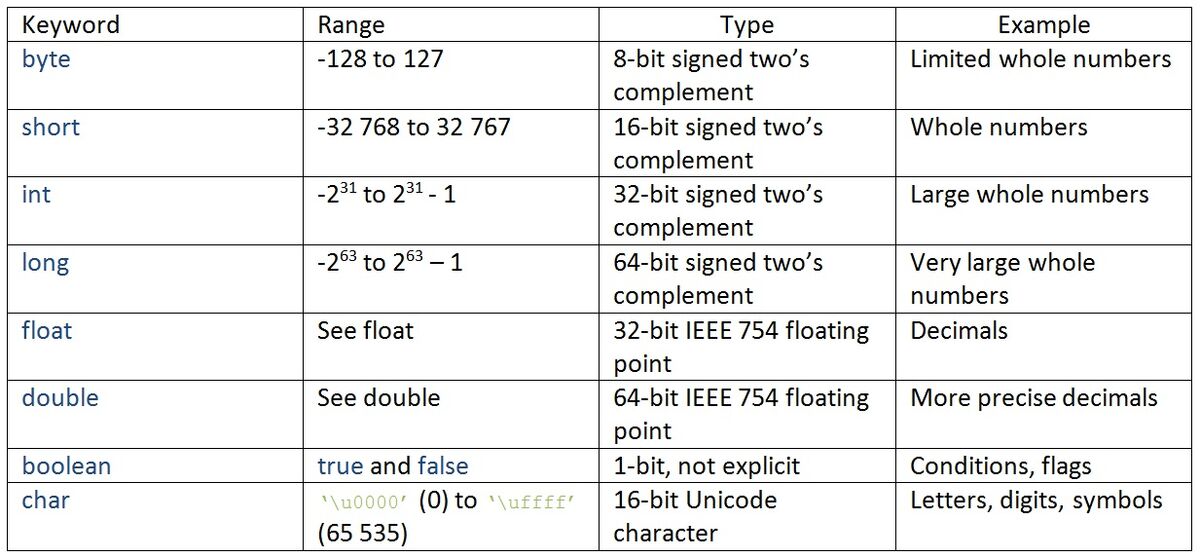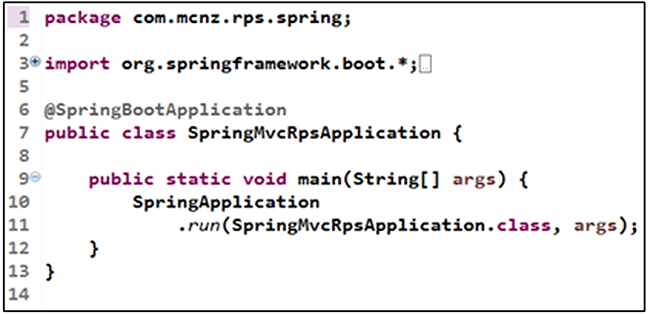What is the difference between Observer and listener in Java?
What is the difference between Observer and listener in Java?
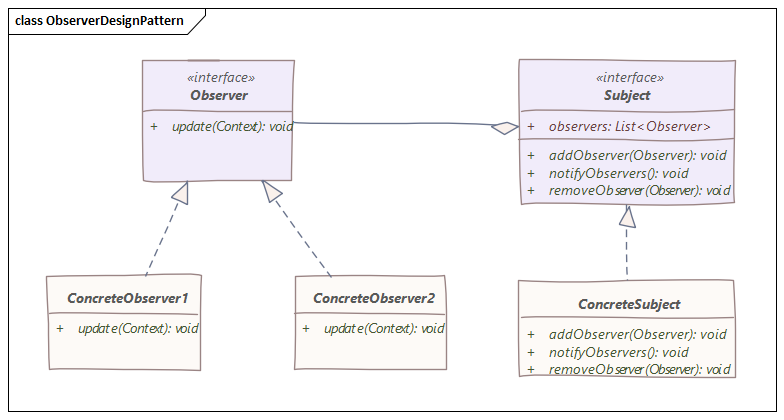
I'm happy to help!
In Java programming, Observer and Listener are two related but distinct concepts that enable objects to notify each other of changes or events.
Observer Pattern
The Observer pattern is a design pattern that allows an object (the subject) to be observed by other objects. The observer notifies the subject when it needs to know about its state change, allowing for loose coupling between the objects. This decoupling enables more flexible and scalable systems.
In Java, you can implement the Observer pattern using the Observer interface from the java.util.Observable class. The Observer interface has a single method: update(Observable o, Object arg). When an observable object (the subject) changes state, it calls the notifyObservers() method, which notifies all registered observers.
Listener Pattern
The Listener pattern is another design pattern that enables objects to react to specific events or actions. In Java, you can implement listeners using interfaces with a single method that represents the event handling behavior. For example, a button's ActionListener interface has an actionPerformed(ActionEvent e) method.
Listeners are typically registered with an object (the source) that generates the events. When the source generates an event, it notifies all registered listeners by calling their respective methods.
Key differences
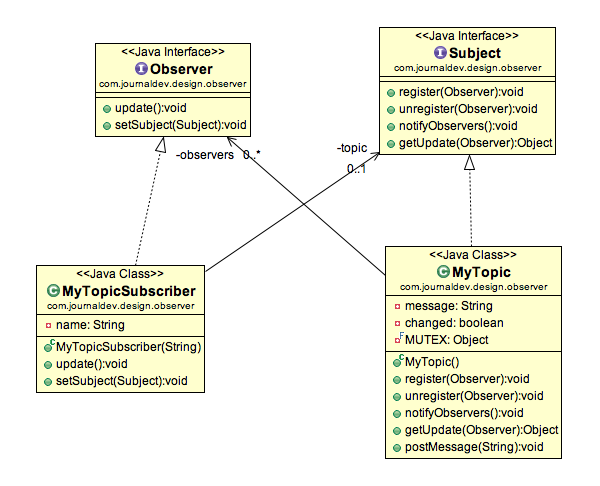
While both concepts enable objects to communicate and react to changes or events, there are key differences:
Purpose: The Observer pattern focuses on decoupling objects, enabling them to notify each other of state changes. The Listener pattern is designed for specific event handling, where an object reacts to a particular type of event. Notification mechanism: Observers receive updates through theupdate() method, whereas listeners are notified by calling their respective methods (e.g., actionPerformed()). Event granularity: Observers typically receive notifications about more general changes or state updates, while listeners respond to specific events or actions. Registration: In the Observer pattern, observers register themselves with the observable object. In the Listener pattern, the source registers the listener with itself.
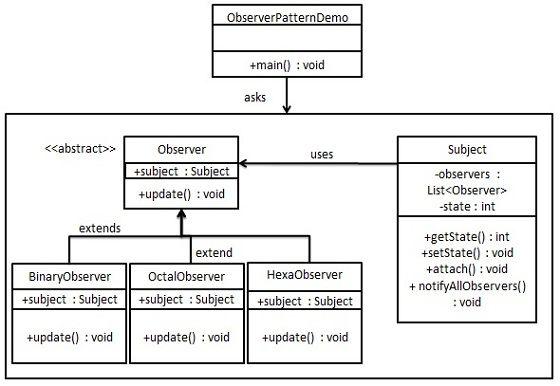
In summary
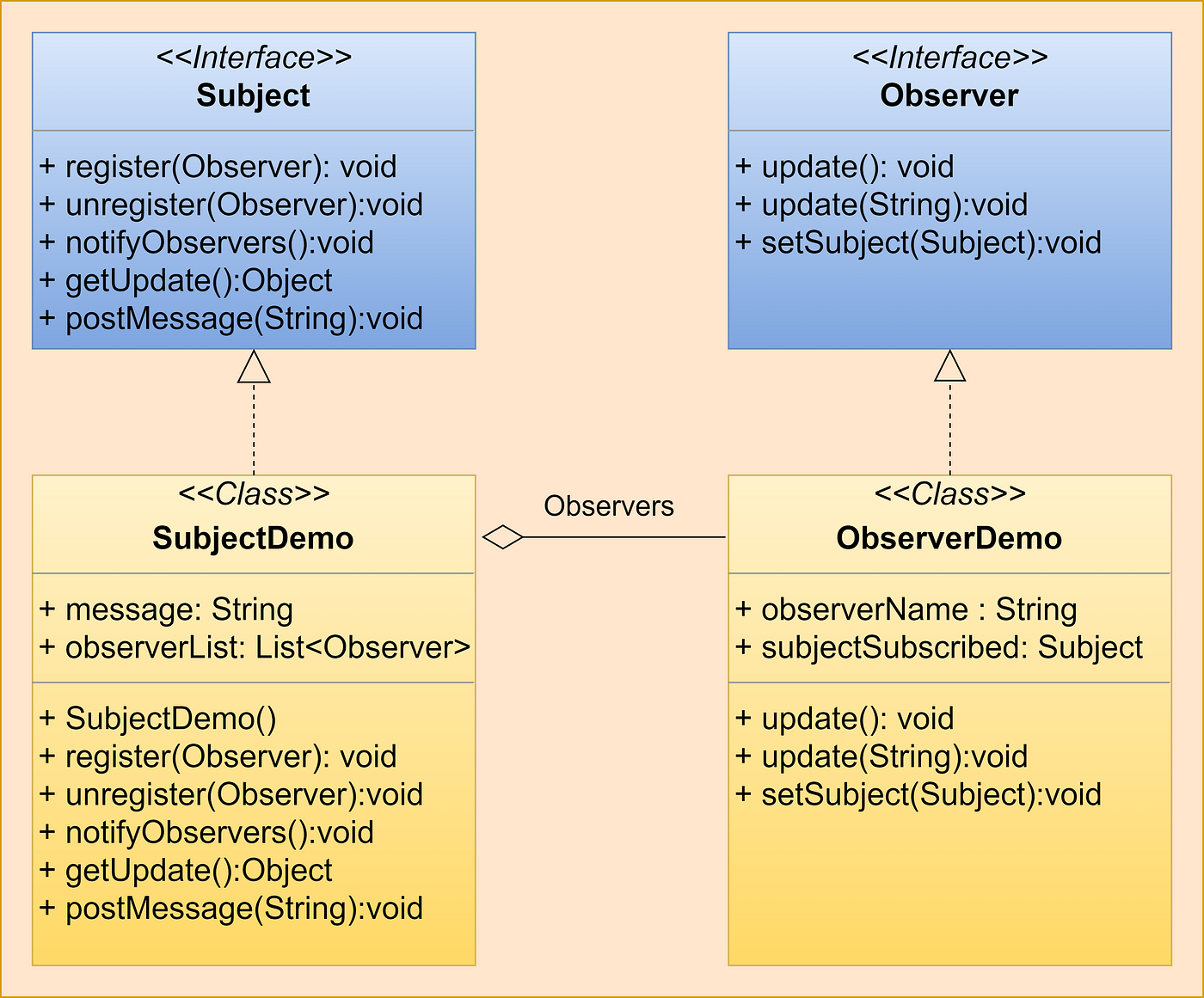
The Observer and Listener patterns in Java serve similar purposes: enabling objects to communicate and react to changes or events. While both patterns share some similarities, the key differences lie in their purpose, notification mechanism, event granularity, and registration. Understanding these differences will help you choose the appropriate pattern for your specific needs.
Hope this explanation was helpful! Let me know if you have any further questions.
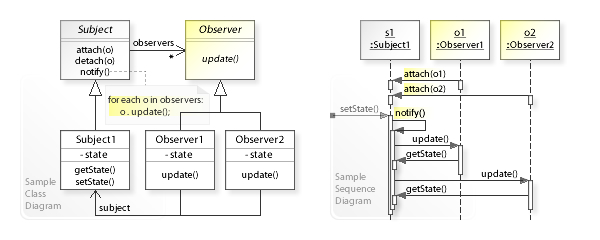
Java listener pattern example
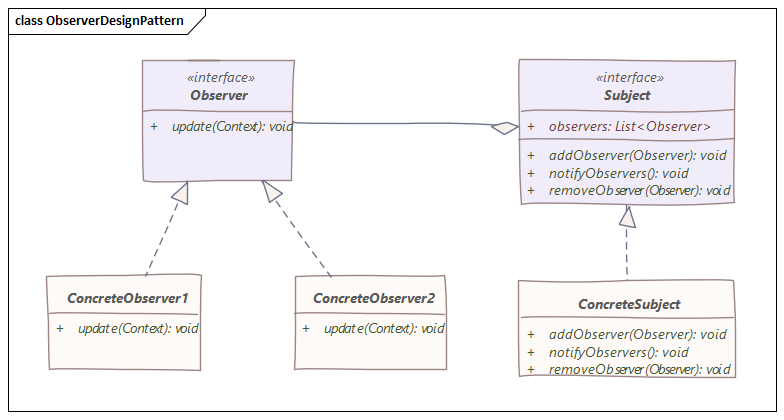
I'd be happy to provide an example of the Java Listener Pattern.
The Observer Pattern (also known as the Publisher-Subscriber Pattern or Listener Pattern) is a design pattern that allows objects to notify each other about events or state changes without having a direct reference to each other.
Let's create an example using this pattern:
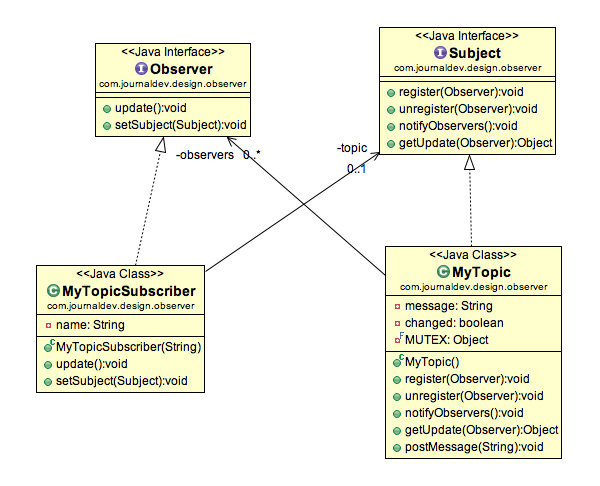
Example:
Suppose we have a simple messaging system where messages can be sent by different senders (e.g., users, applications). We want the receivers of these messages (e.g., chat rooms, email clients) to receive notifications when new messages are available.
We'll implement this using the Observer Pattern.
Classes:
Message: This class represents a message that can be sent or received. MessageSender: This is an abstract class that defines the contract for sending messages. It has one method,sendMessage(), which takes a Message as a parameter. MessageReceiver: This interface defines the contract for receiving messages. It has one method, receiveMessage(Message), which receives a Message from a sender. ChatRoom and EmailClient: These are concrete implementations of MessageReceiver.
Code:
// The Message class represents a message that can be sent or received.
class Message {
private String content;
public Message(String content) {
this.content = content;
}
public String getContent() {
return content;
}
}
// The MessageSender abstract class defines the contract for sending messages.
abstract class MessageSender {
public void sendMessage(Message message) {}
}
// The MessageReceiver interface defines the contract for receiving messages.
interface MessageReceiver {
void receiveMessage(Message message);
}
// ChatRoom is a concrete implementation of MessageReceiver.
class ChatRoom implements MessageReceiver {
@Override
public void receiveMessage(Message message) {
System.out.println("ChatRoom received message: " + message.getContent());
}
}
// EmailClient is another concrete implementation of MessageReceiver.
class EmailClient implements MessageReceiver {
@Override
public void receiveMessage(Message message) {
System.out.println("EmailClient received message: " + message.getContent());
}
}
public class Main {
public static void main(String[] args) {
// Create senders and receivers
ChatRoom chatRoom = new ChatRoom();
EmailClient emailClient = new EmailClient();
// Register receivers with the sender
MessageSender messageSender = new MessageSender() {
@Override
public void sendMessage(Message message) {
// Notify all registered receivers about the new message
for (MessageReceiver receiver : getReceivers()) {
receiver.receiveMessage(message);
}
}
private List getReceivers() {
return Arrays.asList(chatRoom, emailClient);
}
};
// Send a few messages
Message message1 = new Message("Hello!");
messageSender.sendMessage(message1);
Message message2 = new Message("World!");
messageSender.sendMessage(message2);
// Unregister the receivers (e.g., when chat room or email client goes offline)
getReceivers().remove(chatRoom);
}
}
In this example, we have a Message class that represents a message. We also have abstract and concrete classes (MessageSender and MessageReceiver, respectively) that define the contract for sending and receiving messages.
We create senders (ChatRoom and EmailClient) that are instances of MessageReceiver. These receivers register themselves with the MessageSender. When the sender receives a message, it notifies all registered receivers by calling their receiveMessage(Message) method. This way, each receiver can handle the new message separately.
In the example's main method, we create senders and receivers, register them, and then send a few messages. The output will be:
ChatRoom received message: Hello!
EmailClient received message: Hello!
ChatRoom received message: World!
EmailClient received message: World!
As you can see, the ChatRoom and EmailClient receive messages when they are registered with the sender. If a receiver is unregistered (e.g., when the chat room or email client goes offline), it will no longer receive new messages.
That's an example of the Java Listener Pattern in action!
